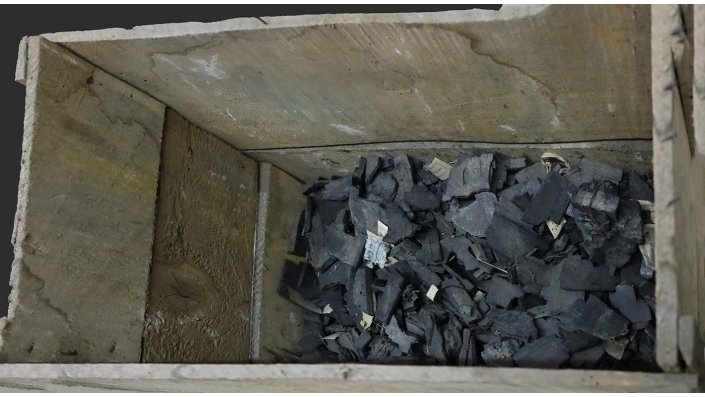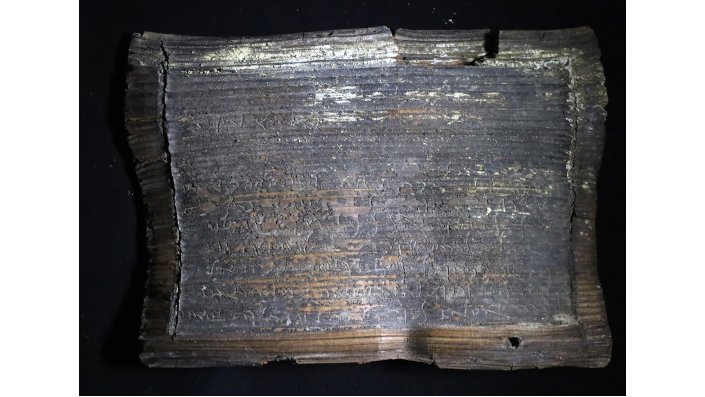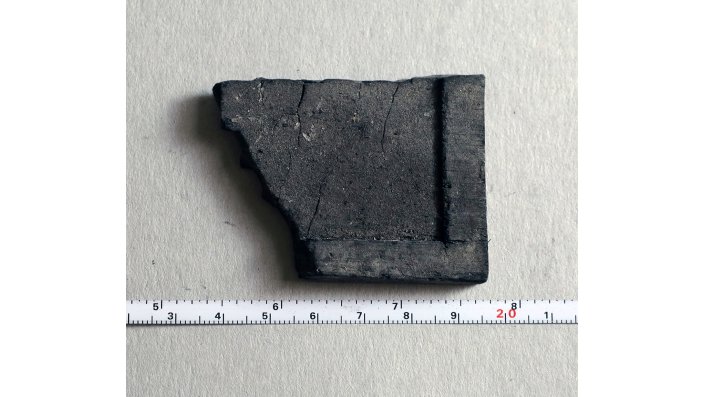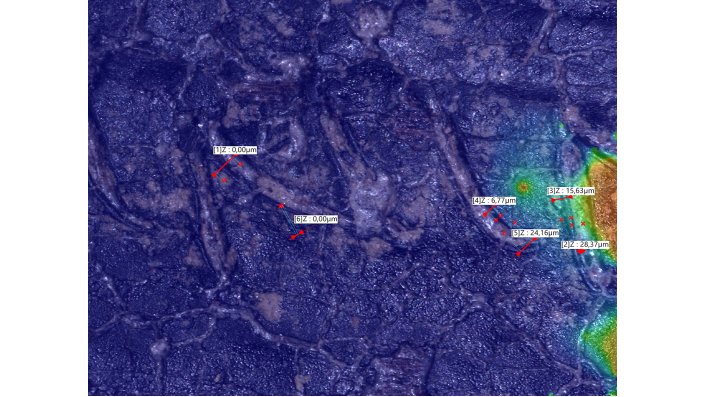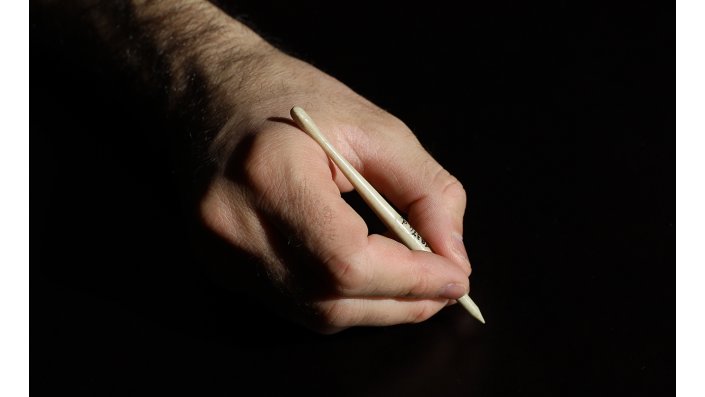"Writing on Wax in Ancient Rome".
Wax tablets were common writing materials for everyday life in Ancient Rome, but also for variable legal texts. In a research project, the practice of making wax tablets and the technique of writing on wax tablets was systematically investigated for the first time with technical and chemical examinations of selected tablets from Pompeii and Herculaneum.
At a Glance
| Category | Description |
|---|---|
| Research project | Writing on Wax in Ancient Rome |
| Management | Prof. (em.) Dr. Robert Fuchs |
| Faculty | Faculty of Cultural Sciences |
| Institute | CICS - Cologne Institute of Conservation Sciences |
| Persons involved |
Prof. Dr. Michele Cammarosano, Università di Napoli ‘L’Orientale’ Prof. Dr. Ester Ferreira, CICS |
| Partners | Università di Napoli ‘L’Orientale’ |
| Sponsors | Gerda Henkel Stiftung Düsseldorf |
Wax tablets have been used continuously for more than three millennia in different cultures and for a variety of writing styles. They thus represent the longest-used writing medium in the history of mankind. The recipe for success of the wax tablet lies in the fact that it offers a writing technique which, on the one hand, makes the use of ink/ink unnecessary and, on the other hand, allows the written text to be erased, changed and redesigned at will. In the case of wax tablets, this is achieved by carving (or in the case of cuneiform writing, pressing) the characters into a beeswax-based layer using a writing stylus.
At the ancient Cascone estate in Murecine near Pompeii, two wicker baskets containing wax tablets were found in 1959 in the mud of the Sarnus River in a house buried in ash of the vulcano. The second basket in particular, which was recovered in the summer of 1959, contained neatly arranged and stacked wax tablets that were probably intended to be delivered to Pompeii and sank halfway into the river sand as a result of the volcanic eruption in AD 79. The excavators reported that the wax tablets were excellently preserved due to their location in the wet sand. Photographs were taken of them relatively soon afterwards, the negatives of which are still preserved in the archive. Today they have shrunk considerably due to drying out and the wax layer has flaked off.
Other wax tablets found in Pompeii and Herculaneum have been completely charred by the volcanic eruption. The wax layer has partially evaporated and only in isolated places where the pressure of the stylus has pressed the writing into the surface of the wooden tablet are remnants of the inscription still visible. In a few examples, writing has also survived in the wax layer that is still present.
In October 2022, a total of 46 wax tablets and fragments in Pompeii and in the Archaeological Museum of Naples were measured with a video microscope within two weeks. In addition, 43 styli made of bone found in Pompeii were metrically analysed.
In the laboratory of the CICS, tiny samples of the wax layer are scientifically analysed for their composition.
Initial results show that there was an industrial production of standardised wax tablets in Roman times, where the wax was not poured into the excavated recess of the wooden tablet, but was applied in the form of a prefabricated wax sheet. This was cut off on the left and right and then pressed into the recess. The first systematic investigation into the use of styli and tablets also made it possible to clearly distinguish hairpins and spindles from styli. They are often very similar in design and shape. Thus, the basis has been created for a typological separation of these artefacts.


